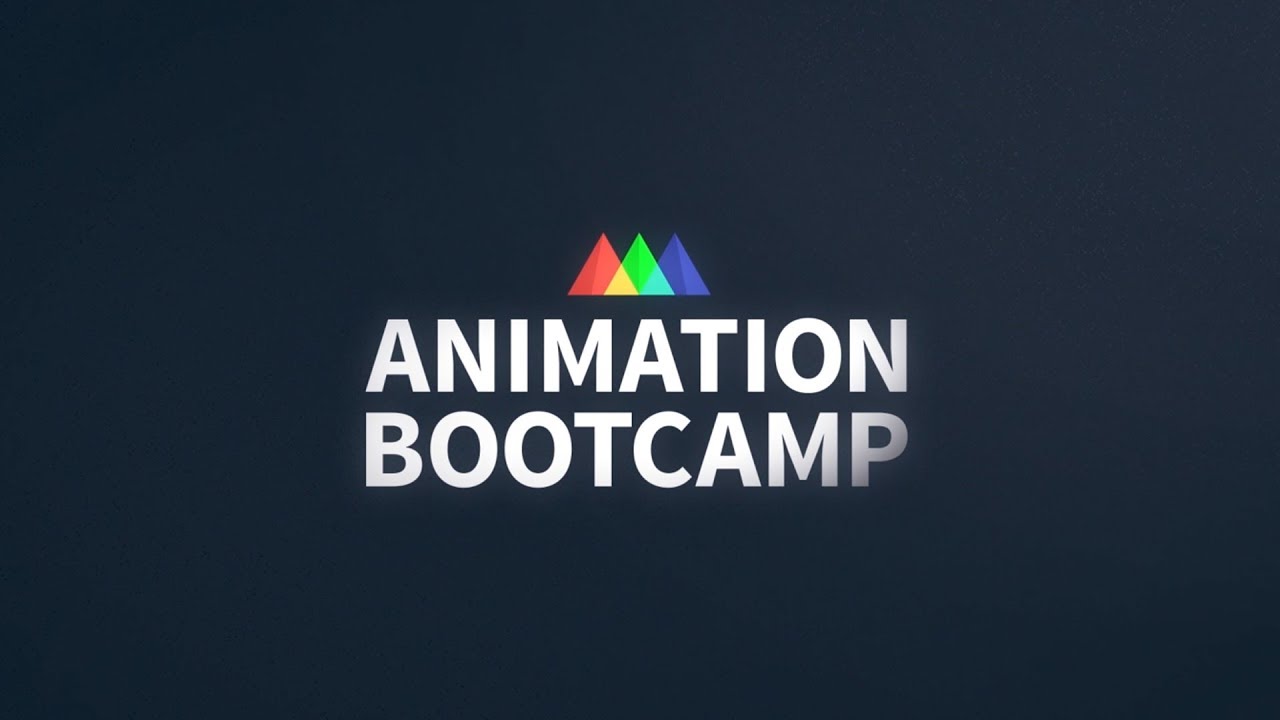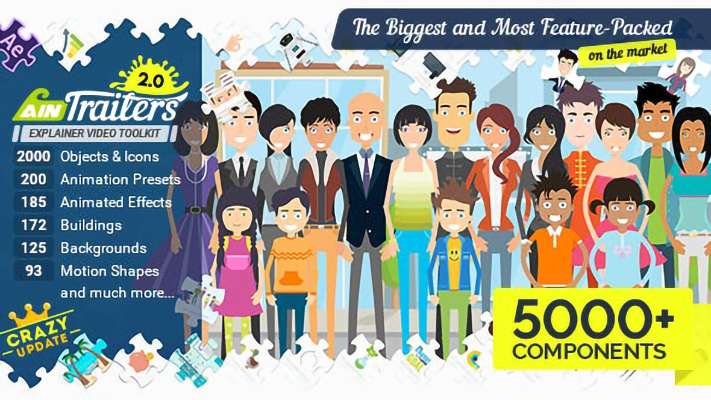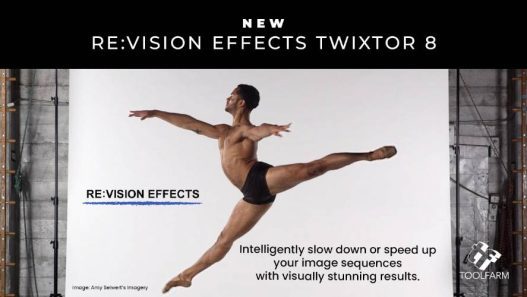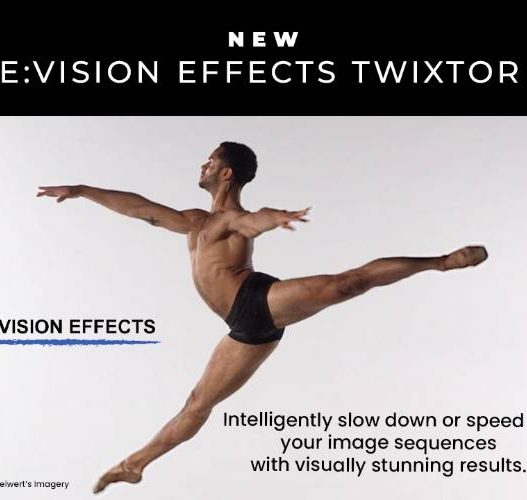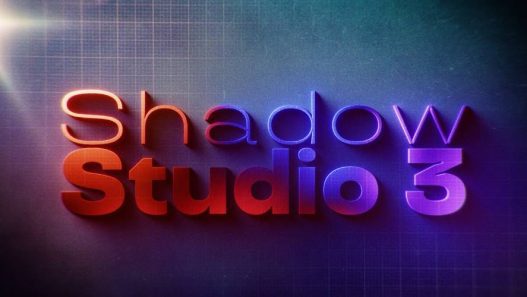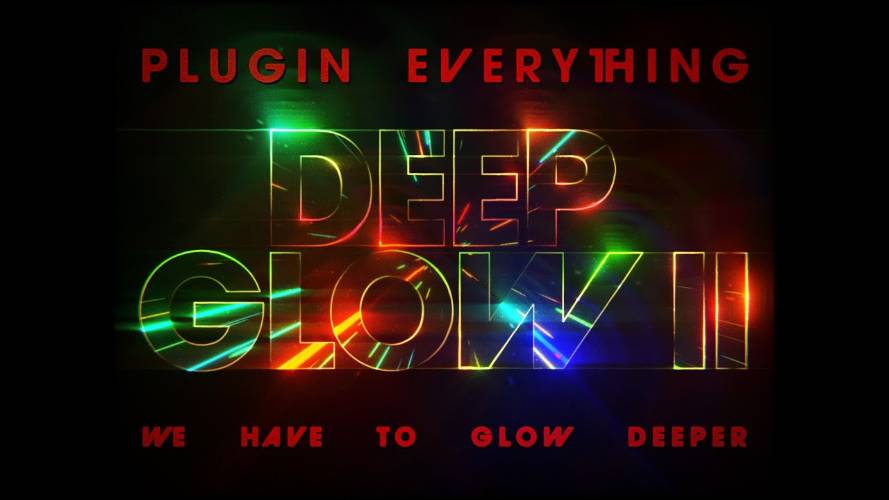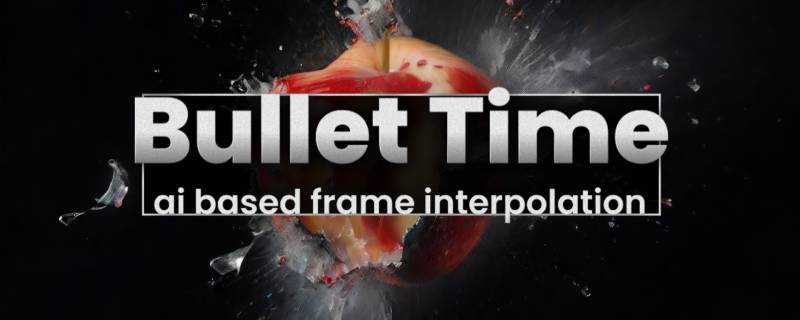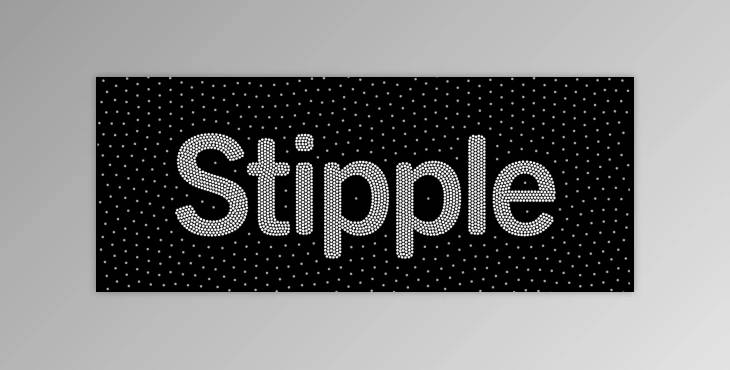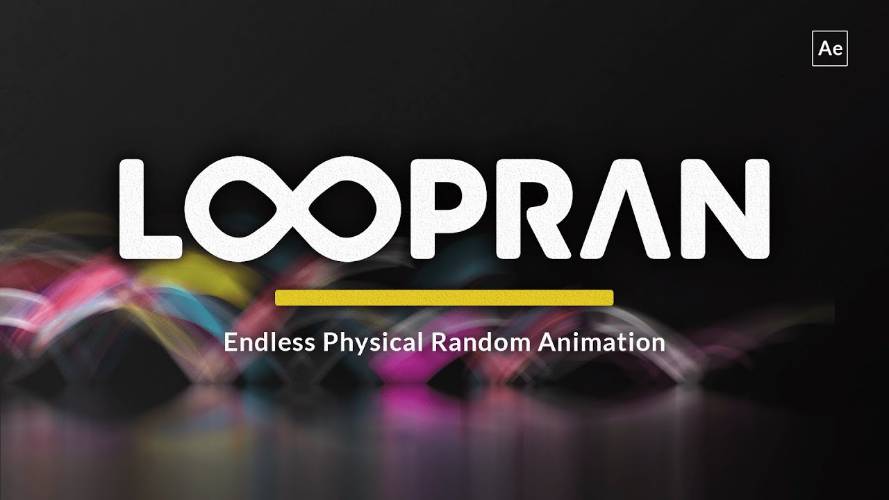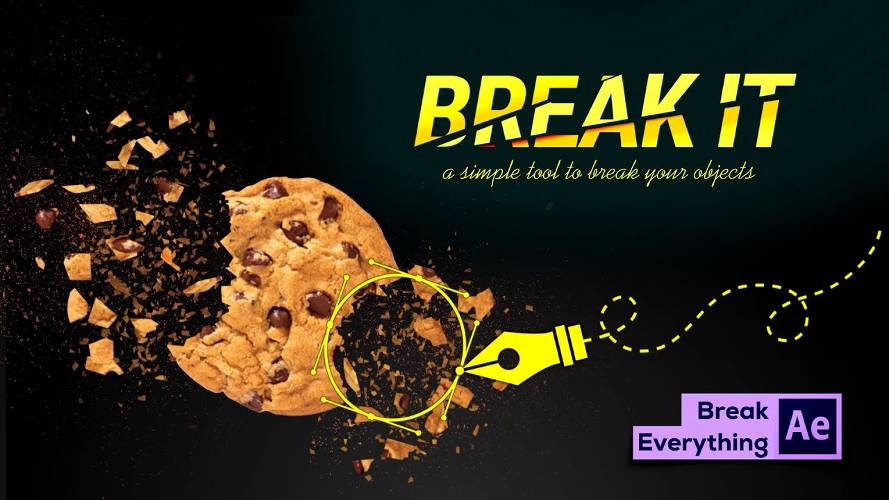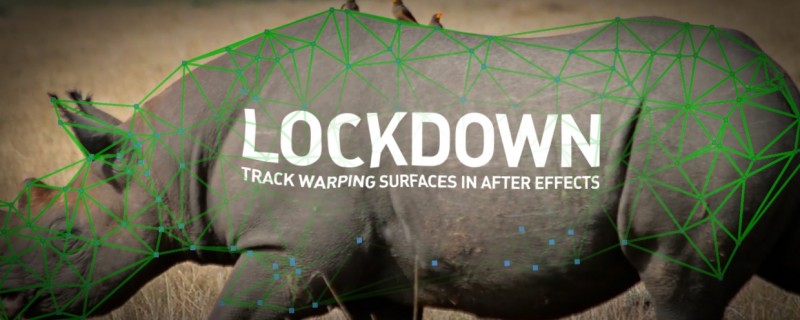
AEScripts Lockdown v1.0.0 for After Effects Full Version for Windows
Lockdown is a revolutionary new plug-in that allows you to track warping surfaces inside After Effects. Perfect for beauty retouching and other previously difficult cleanup jobs!
Controls
To use the Plug-in, please follow the instructions labeled 1-9 in both the script and Plug-in. Start by opening the script under Window/Lockdown.jsxbin. Select the layer you’d like to track, then press button 1.
1) Pre-Compose
In order for the Lockdown Plug-in and script to work, the video must be in a composition which matches it’s own framerate and resolution, with no transform changes. This button Pre-Composes your footage “Leaving all Attributes”, enters the composition, and applies Lockdown to your footage.
2) Optional Tracking Filter
This optional script button applies effects that sometimes allow our tracker and Mocha to better identify textures. It’s basically an edge detect with a lot of contrast. You should be in 16 or 32-bit mode when using this filter. Running a denoiser on the original footage, and again on the final result also improves trackability. This is great for a shot where lighting is changing, because it brings out details in cracks and surfaces, and tends to ignore larger gradients. You’ll want to delete these effects once tracking is done, after Step 5.
3) Generate Points
Lockdown can either create or receive animated points, then it strings them together into a mesh to produce the warping effect. You need to create points if you’re using the built-in tracker. Please note the After Effects UI MUST BE ON to do this or any other interaction with Lockdown. If you can’t see your masks, anchor points, bezier handles, etc… Your After Effects Effect UI is off. Turn it back on.
UI Toggle: Control/Apple+Shift+H
Create Point: Control/Apple + Click
Create an array of points: Control/Apple Click and drag into a box shape.
Delete single point: Option/alt+Click
Delete within a box: Option/alt+Click and drag rectangle
Select multiple points: Click and drag around them
or shift-click to add to selection.
Click ‘nothing’ to de-select
Please note that you can only draw points on one frame at a time. If you draw points on frame 1, then go to frame 20, and create a new point, all frames will be re-located to frame 20. (This was not an intentional design choice, we hope to someday change this.)
4) Track Points
This takes all the points in the step above and attempts to track them to the footage. This process usually takes a few minutes depending on the length of the shot, amount of points, resolution, etc… You MUST keep the Lockdown Effect selected while tracking, with After Effects up and activated. Sorry for the inconvenience, again, this was not an intentional design choice, but a limitation of our first version.
After your first round of tracking, we’d recommend watching your footage very closely. You may need to add more tracks. When a track is not visible, that means it has no keyframes on that frame. You may choose to go back to step 3 and add more tracking points, then press this button again to add these new points to the track. To edit tracks manually, please check out the sections on “Internalize Selected Points” and “Externalize Selected Points”.
5) Interpolate Partial Tracks
This button is necessary 99% of the time. Let’s say you have a shot that’s 100 frames long. You have a handful of tracks at the beginning that all die off (contain no keyframe data) after the first 60 frames, so the range is 1-60. You also have tracked points from the end of the shot, that are from the range 40-100. Your two sets of tracks overlap between frames 40-60. By pressing this button, at the time at which any tracks are “dead” and having no keyframes, they will find “living” tracks around them and follow their motions. So even if a track does not live for the entire length of the shot, it can follow your surface VERY accurately by piggybacking on the tracks later in the shot. This solves the problem of tracks just sitting entirely still when they die, and causing parts of your mesh to freeze. The motion from interpolation is represented by keyframes, so in the previous example, all of your keyframe tracks would now show keyframes from the range 1-100, rather than their previous ranges. This interpolation can be toggled on and off, deleting the “interpolated” keyframes as many times as you’d like. The only limitation to be aware of is this works best with “internalized” keyframes. If you’re using this option with “externalized” keyframes, you run the risk of the interpolation being baked into the keyframe tracks permanently. It’s recommended that all tracks are always internalized when using this option. If you find yourself deleting bad points, or adding new points, you should toggle this option off to delete the previous set of interpolated keys, and then on again to re-generate new interpolation based on your hand cleaned tracks.
6) Generating a mesh and “Auto Triangulate Mesh”
Create Mesh Edge: To manually connect two TRACKED points, select one, then Control/Command + Shift + click another point.
Lockdown can only render quads and triangles. Green lines represent the borders of Quads and Triangles, white lines represent lines that are part of incomplete geometry and not contributing to the mesh. There is no concept of “faces” in Lockdown with which the user can interact. Faces are determined by edge connections.
Delete edge: Option/Alt+Click
Auto Triangulate Mesh: Press the button. Please note that quads often render smoother than triangles. Manually drawing a mesh into quads can often provide better results. One easy way to compensate for this, however, is to have MANY dense tracking points, in which triangles will look great.
7) Apply Mesh on this frame
This button takes the current frame and determines that this is the hero frame you wish to draw on. Lockdown now stabilizes the entire video to this frame. This can be undone and re-done over and over and over again without consequence by pressing this button. It’s recommended to “Apply Mesh” on a frame in which your tracked object is largest, or flattest towards the camera so it’s easiest to paint on.
At this point you should watch your stabilized composition very carefully. If you see any areas sliding, that means you didn’t put enough tracking markers on them. You can press “Apply Mesh” again to clear your stabilization. Create some new tracking points, re-toggle “interpolate partial tracks”, then connect these new points to your mesh as described in step 6. When you press “Apply Mesh” again, you will be back to where you just were, but now with new tracking points contributing to stabilization. One last thing to keep in mind, when the mesh is “applied” it only stabilizes within the bounds of the existing trackers. so for example, if you only put tracking markers on a persons face in your shot, when you “apply” the mesh, only the face will be visible, and the body and other areas without geometry on them will be Alpha-0 transparent.
8) return to Lockdown Script
Just a reminder that to actually finish this shot, you need the script again.
9) Lockdown!
Pressing this button will pre-compose this layer for you, with the stabilized video inside. It will also create a freeze-frame guide layer of the frame chosen from Step 7, so it’s easy to remember which frame was your hero frame, the frame that you should be painting on. It also creates a background for your main comp, which your stabilized/tracked composition sits on. It essentially automatically completes your compositing setup with compositions and layers in After Effects.
When this process is complete, you’ll see no indicator in the render that anything is tracking. You have to go into the stabilized comp, and put in some text. Then you can tab back out, and see how well your text tracks.
PLEASE NOTE THAT THE LOCKDOWN PROCESS CAN TAKE A LONG TIME. In our experiments, sometimes it takes between 10 seconds and 2 minutes to run. Don’t touch anything while it’s working. The bottleneck that causes the delay is the copying and pasting of the dense keyframe tracking data. We apologize for this inconvenience, just know that the software hasn’t crashed if you get the spinning beachball of death or hourglass. you can significantly reduce this time by internalizing all of your keyframes before pressing “Lockdown!”.
Untracked point:
These only exists on a single frame. These can be created by ctrl/cmd + clicking, or with a click and drag as described above.
Tracked Point:
These are keyframed tracks that follow along with your footage.
Mesh Vertex:
Once a tracked point has been successfully connected with 2 or 3 other tracked points, it will form a geometric face, as part of the Lockdown mesh. Green indicates it’s part of a mesh.
Mesh Edge:
An edge (connection between vertices) that is part of a completed polygon, therefore part of the Lockdown mesh.
Non-Mesh Edge:
A connection between two tracked points. The white color indicates it is not part of a completed polygon.
Selected Edge:
An edge (Either type) that the user has selected.
Selected Untracked Point:
An untracked point the user has selected.
Selected Point/Vertex:
A tracked point or vertex can be selected and externalized, internalized, or deleted.
Rendered Tracked Point:
This just shows where your tracked points are, but rendered directly into the footage for smoother playback. The UI of Lockdown and all Plug-ins typically will not play in real-time.
Advanced Controls
Stabilized
This is automatically set by the Plug-in and script, you should never have to think about it. However, for advanced users, it simply toggles whether the mesh is stabilized or moved. Useful if you change a few tracking points on your stabilized comp, then want to copy and paste your Lockdown effect to your un-stabilized comp. You can just paste then toggle Stabilized to off.
Render Points
builds the points into the actual render of the layer. The script will turn this off when you apply the mesh, it’s purely a feature for checking the integrity of your tracking points. The render is NOT sub-pixel accurate and only reflects whole numbers. We made this choice so it renders faster, and because you don’t need sub-pixel accuracy to check track integrity. If these rendered points jitter within single-pixel measures, don’t worry about it, your actual keyframes and the mesh it moves respect sub-pixel accuracy.
Hide non-moving tracks
By default, when a track is “dead” meaning it’s out of keyframe data, it will go invisible, when this checkbox is on. If it has any keyframes at all on it, including the interpolated keys generated from the 5 buttons above, the keys will render.
Point Radius
Sized in Pixels, how large the points render as part of the layer.
Select All Points
Selects all points, both externalized, and internalized, in the shot. Most of the time this button is used, it’s to select everything, then internalize all points before mesh building.
Internalize Selected Points
This puts all the points INSIDE the plug-in away, from your view. This is going to make every step of working with Lockdown faster. Tracked points are internalized by default.
Externalize Selected Points
This takes your selected points, and exposes them as normal position keyframes at the bottom of the Lockdown Plug-in, under the “Externalized Points” dropdown. You should only ever externalize points when you notice errors in the track and want to modify them. Whenever you’re done editing points and want to start building a mesh, re-internalize them. It’s not recommended to use expressions with these points, or connect them to outside rigging, at this point it’s something we haven’t tested. We are currently allowing externalized points to be used as part of a mesh with the hopes that eventually this will become advantageous, but please just internalize your points in all normal situations.
Clear Mesh
This removes all geometry so you can attempt triangulation, or manual construction, on another frame. This button also turns the rendered points back on so you can visually re-assess your track.
Tracking Window Size
This number determines the pixel size/search of our built-in tracker. Larger numbers can help on higher resolution footage where objects are moving more pixels across the frame. Larger numbers will slow down the Plug-in.
Min frame count for each track
This determines how many frames an auto-track must live in order for the Plug-in to not delete it. You may find that a large amount of small tracks are harder to manage, so it’s best to start with a very high number and work your way down if the Plug-in is unable to give you long-term tracks.
Enable refinement
This does some sensible checks on your tracks. It will automatically delete tracks that shoot across the frame at high speeds and behave erratically. It only keeps tracks that move at reasonable speeds.
Track Always
This feature ignores any restrictions and will attempt to track any point you create, for the full length of the shot. You can use this when you’re mostly done your tracking, and just have one or two points you really want to try to track, that have escaped your previous attempts. It could create chaos to leave this checkbox on while tracking hundreds of points.
Externalized Points
You are given 500 total points which you can manually edit within the typical After Effects graph editor. You probably only want to edit a few at a time. The reason we give you 500 is if you want to copy and paste every single point from your track to a different instance of Lockdown, or maybe to use the points outside of After Effects for reasons we haven’t even thought of yet. Having many externalized points greatly slows down After Effects.
To get points in from Mocha, you can paste the four corner position data into the externalized points. Upon pasting, an externalized point will be created. Again, please internalize these as soon as possible.
Internal Keyframe time ref
This is a reference keyframe. A big problem with Lockdown’s internalized keyframes is that they are ‘oblivious’ to what timecode they should appear at. Whenever you track, Lockdown takes this keyframe, and places it at the in-point of the shot. All the internal keyframes look at this keyframe and say “I should appear x frames after this reference keyframe” in order to stay in sync with the rest of the project. Please note that you should never have to touch or think about this parameter if you use the script and follow the steps from 1-9. The most common place this may be useful is if you’re conforming color footage, and the timecode changes on a clip when you do a footage swap. For a simple example:
You track some raw footage which is 45 seconds long. Your in-point is at 30 seconds in. When you track, Lockdown places the “internal keyframe time ref” here, at your in-point. Now you receive some new footage back from a colorist, but it’s only 10 seconds long. If you paste Lockdown to the color footage, the timecode isn’t the same, so Lockdown doesn’t know which frames it’s keyframes should be on. You can find the same exact frame in the color footage, and slide this “internal keyframe time ref” to its position, and now the tracking will match exactly, even though the timecode is different.
| After Effects | CC 2019 |
|---|
AEScripts Lockdown v1.0.0 for After Effects Full Version for Windows
[button-red url=”https://www109.zippyshare.com/v/JuRGCm0j/file.html” target=”_blank” position=”center”]Download from Zippyshare [10 MB][/button-red]
or
[button-green url=”https://intoupload.net/ot88kd5br23c” target=”_blank” position=”center”]Download from IntoUpload [10 MB][/button-green]
